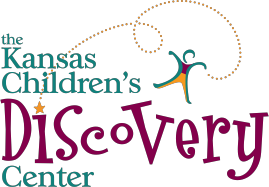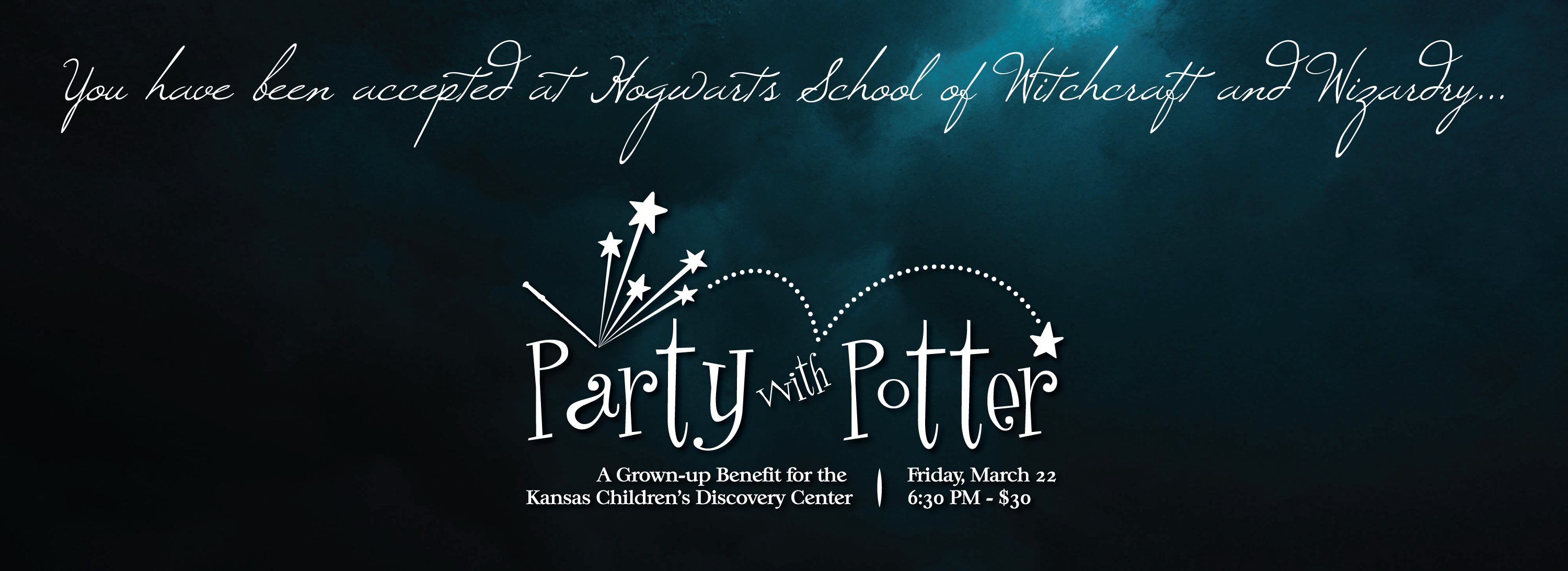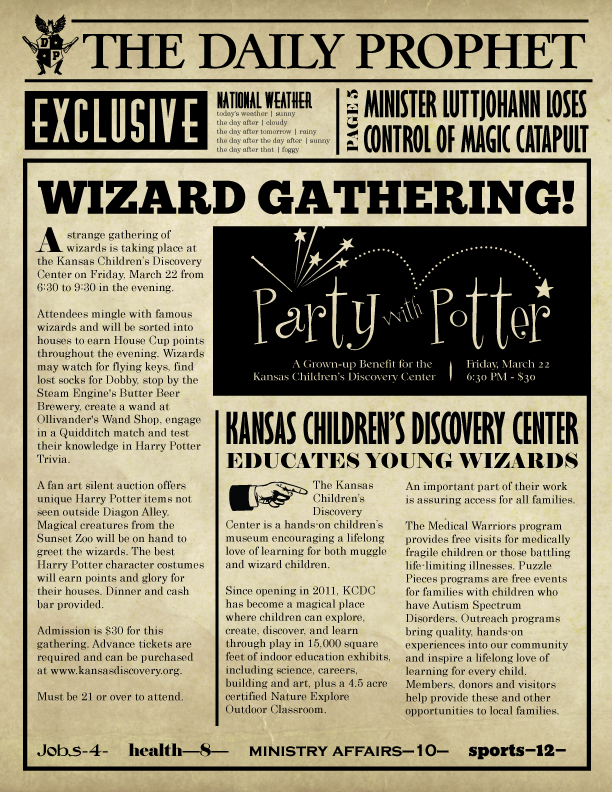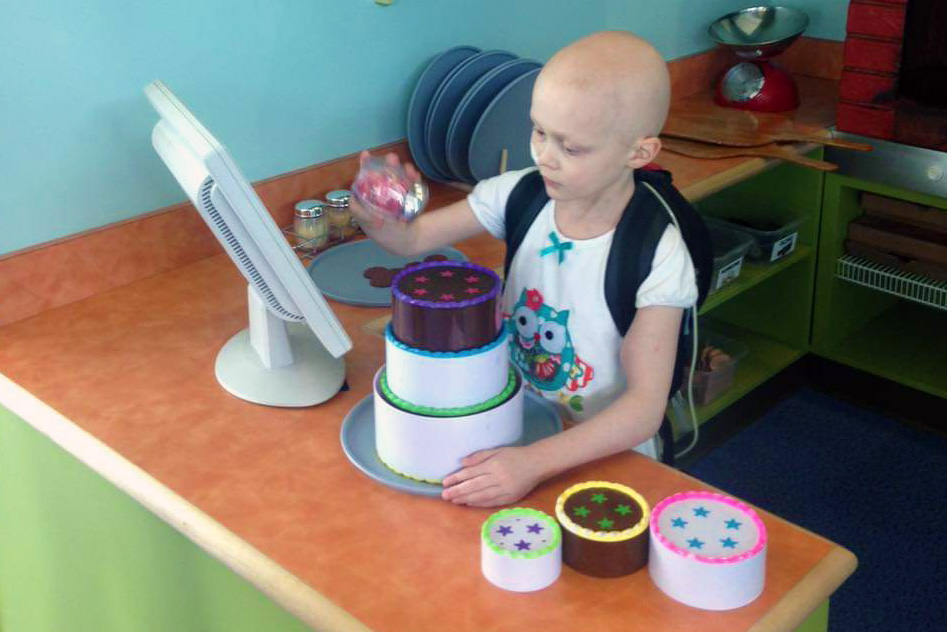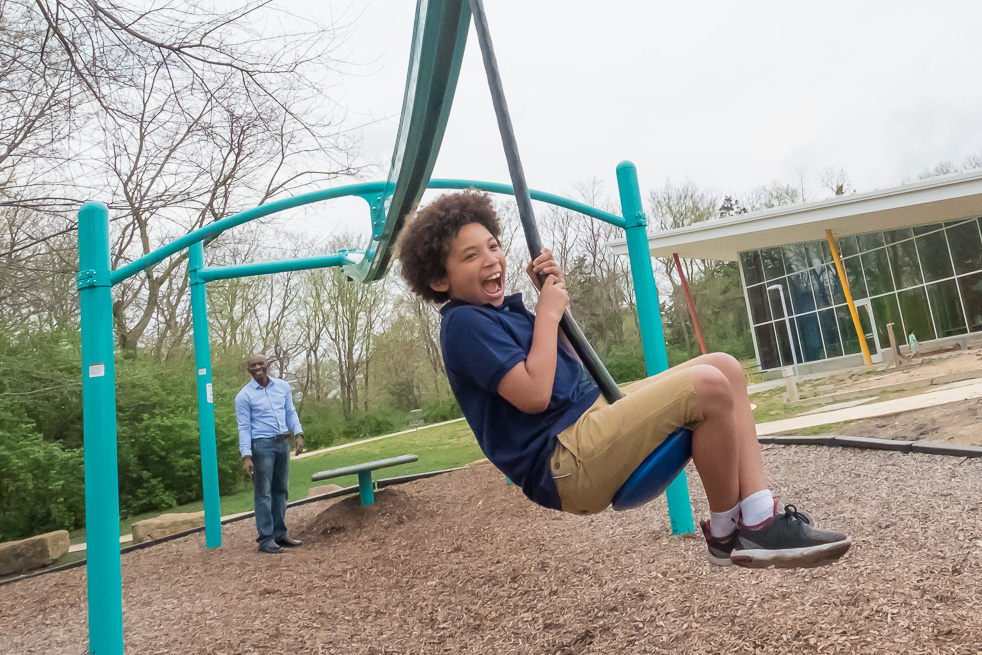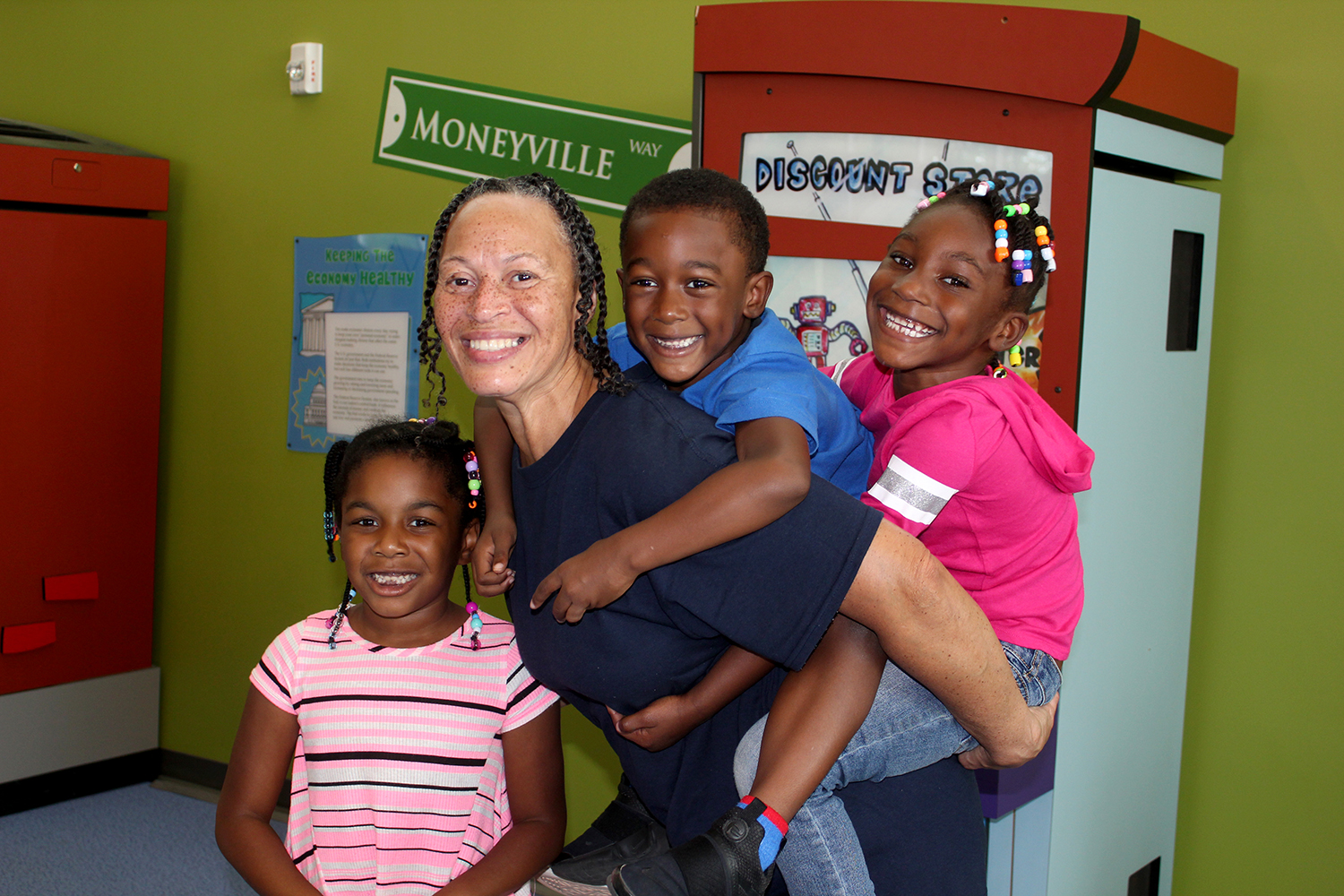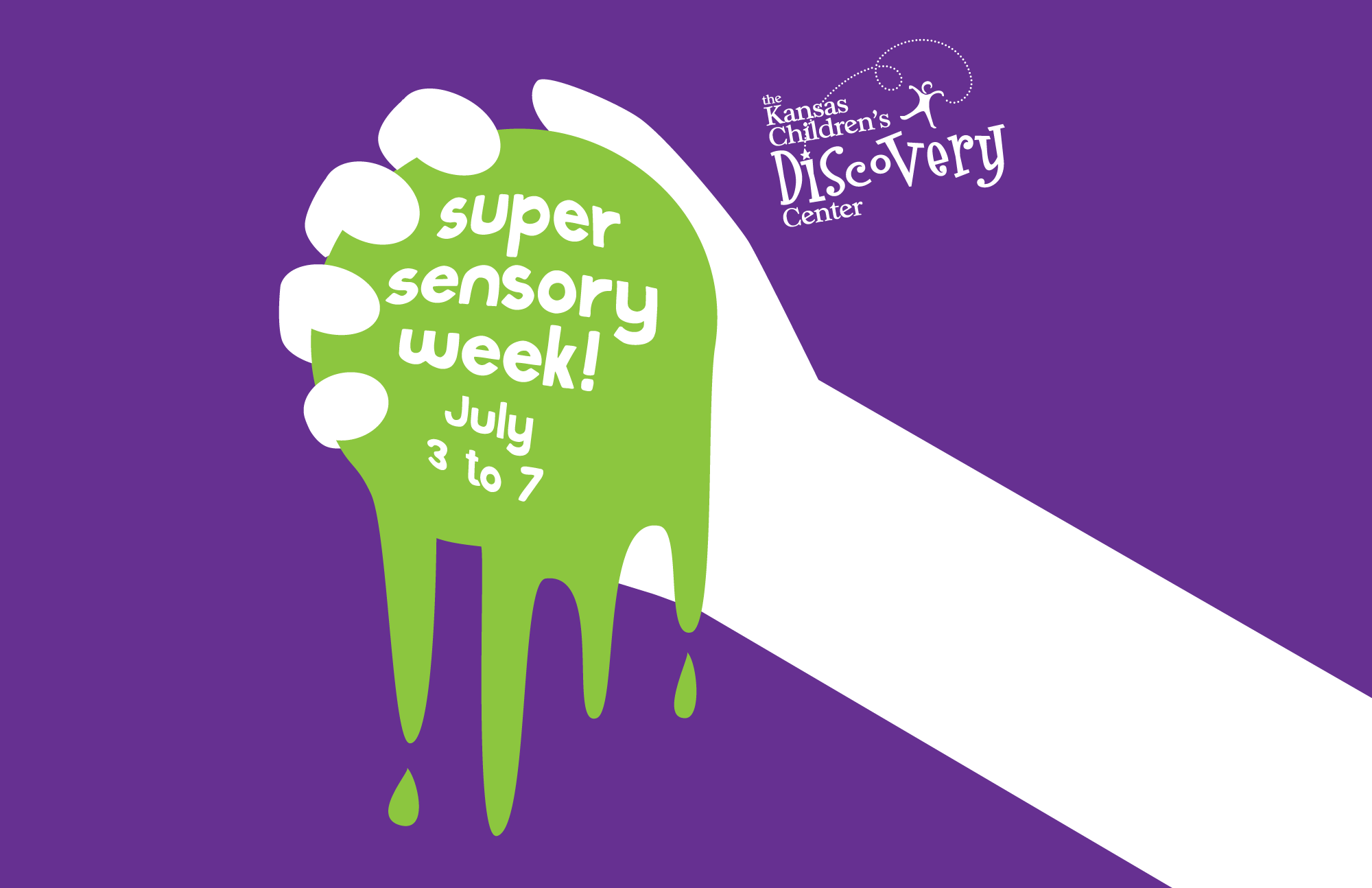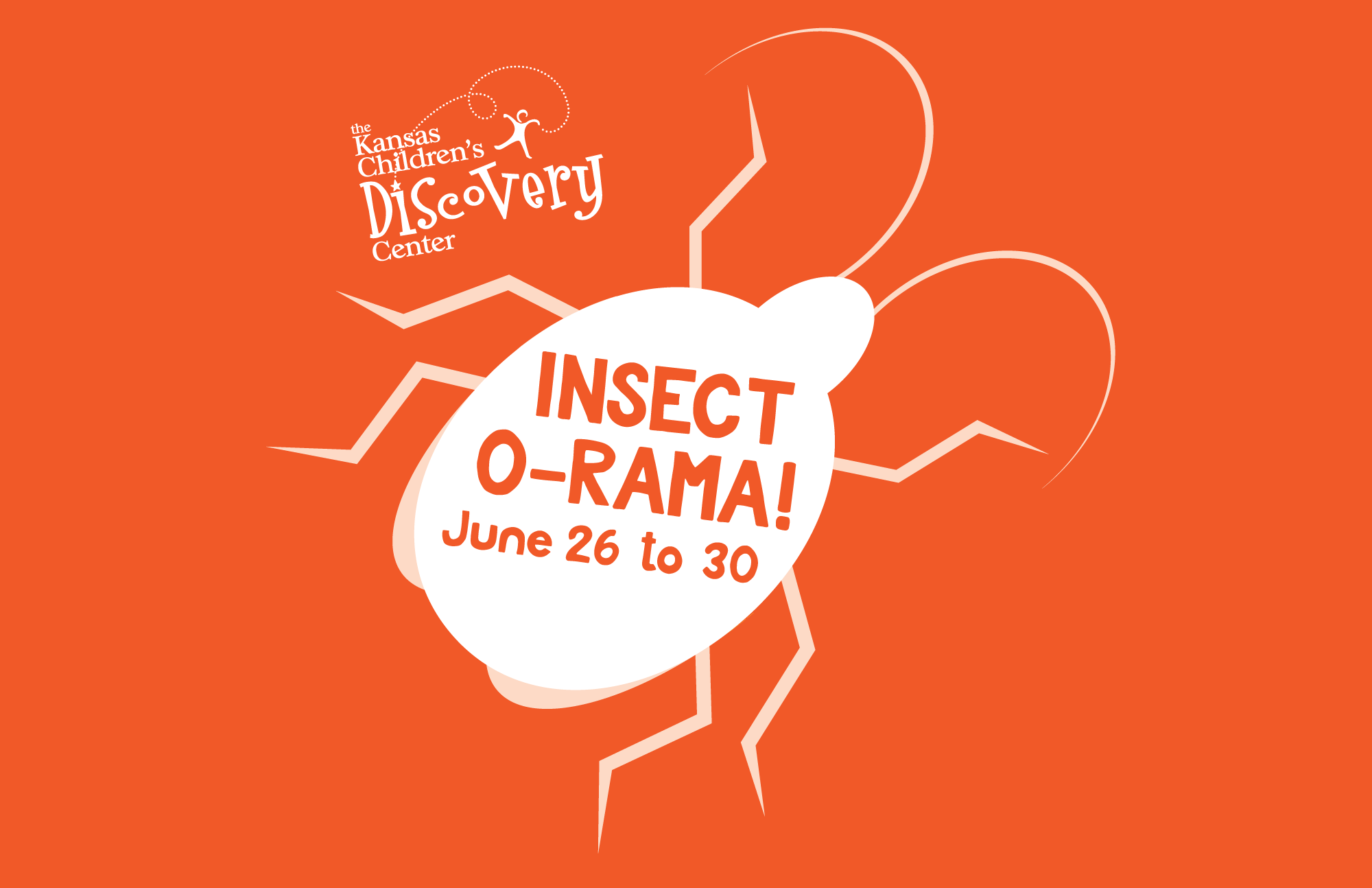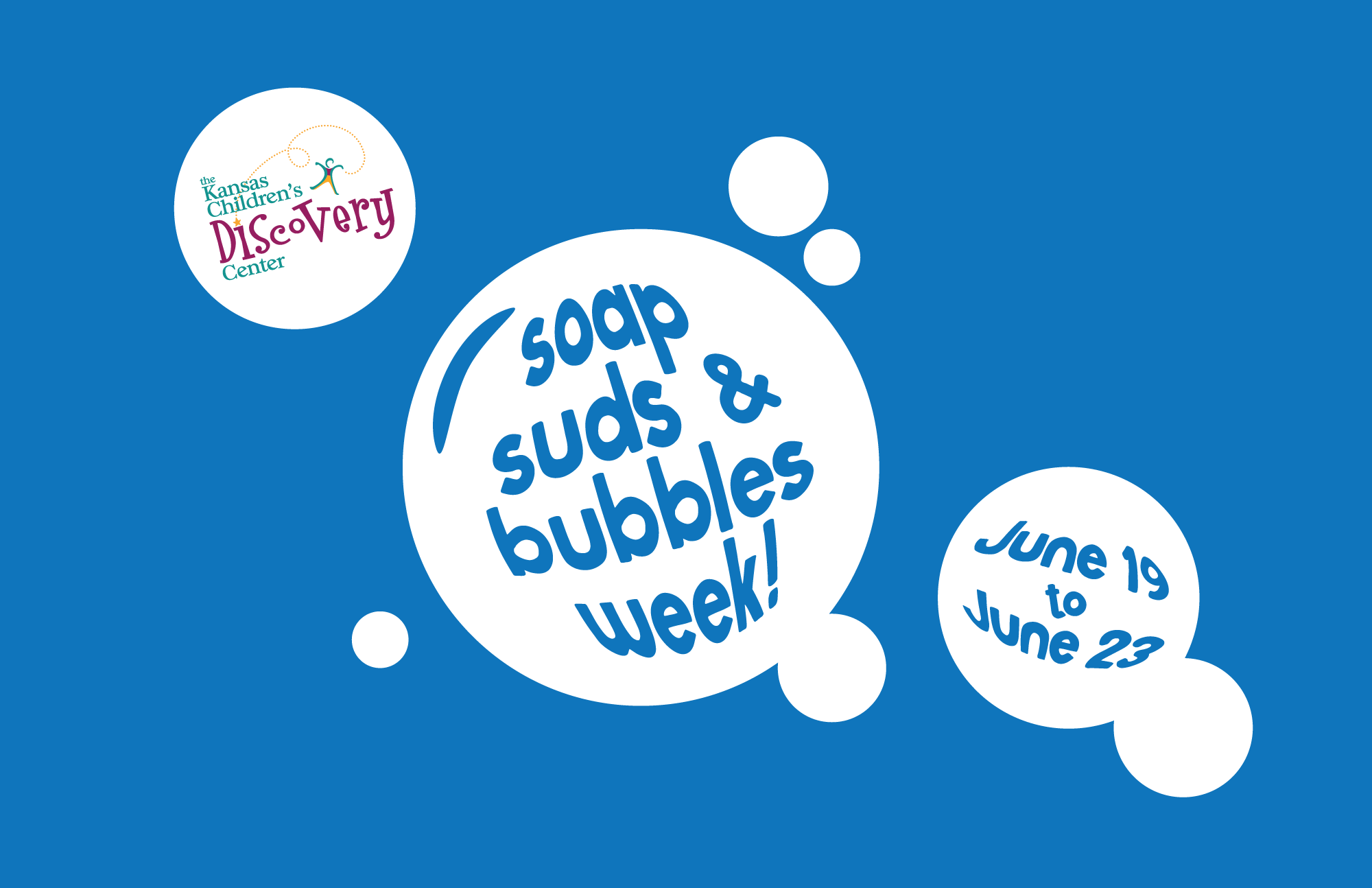Snowy Science Facts
Is it true that no two snowflakes are alike?
It is! The appearance of snowflakes is determined by the temperature, humidity, wind, and other environmental factors. There are so many factors that go into forming snowflakes, it would be very unlikely to have two look exactly the same.
How cold does it have to be to freeze bubbles?
Technically, soap bubbles can freeze at any temperature below the freezing temperature of water (32 degrees F) but they don't last long. As soon as the water in a bubble freezes, the bubble starts to implode. The colder it is, the faster the water freezes, and the better chance you have to observe the frozen bubble before it pops.
What's the record for inches of snow in Kansas?
The most inches of snow ever recorded in Kansas, according to the Wichita Eagle, was thirty inches, in Pratt, Kansas on March 27-28, 2009. That's taller than an average two-year-old!
